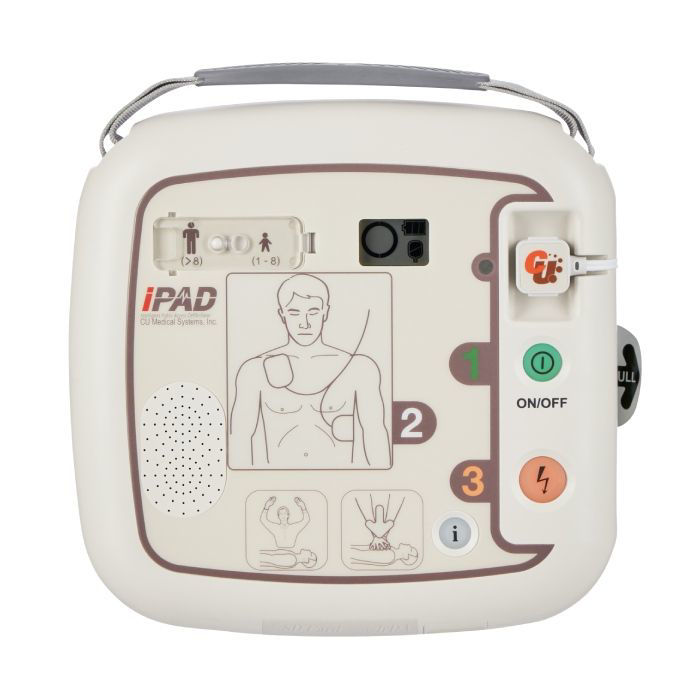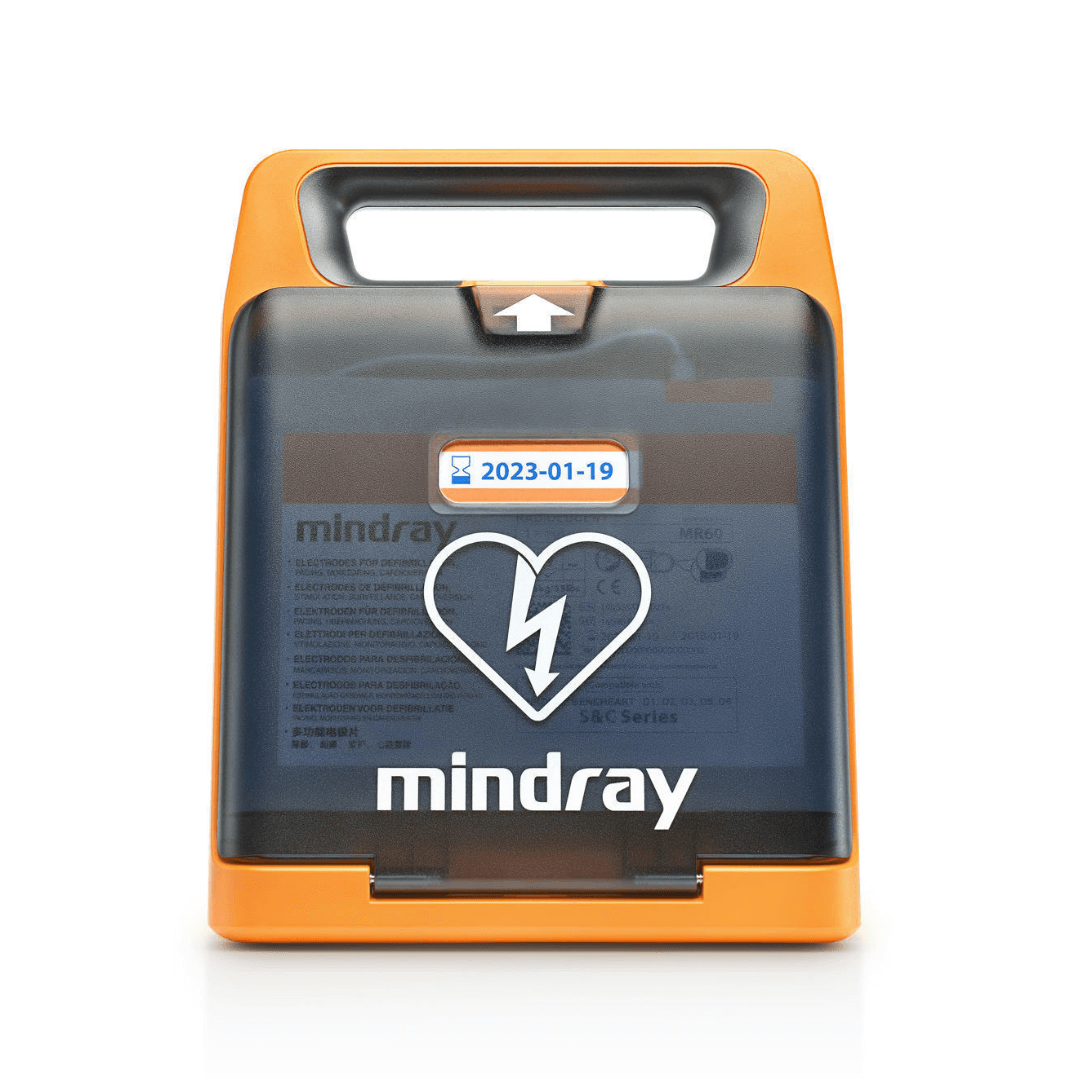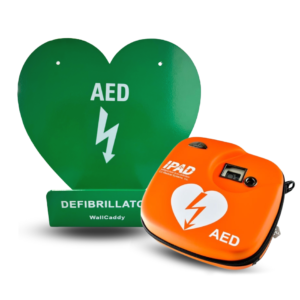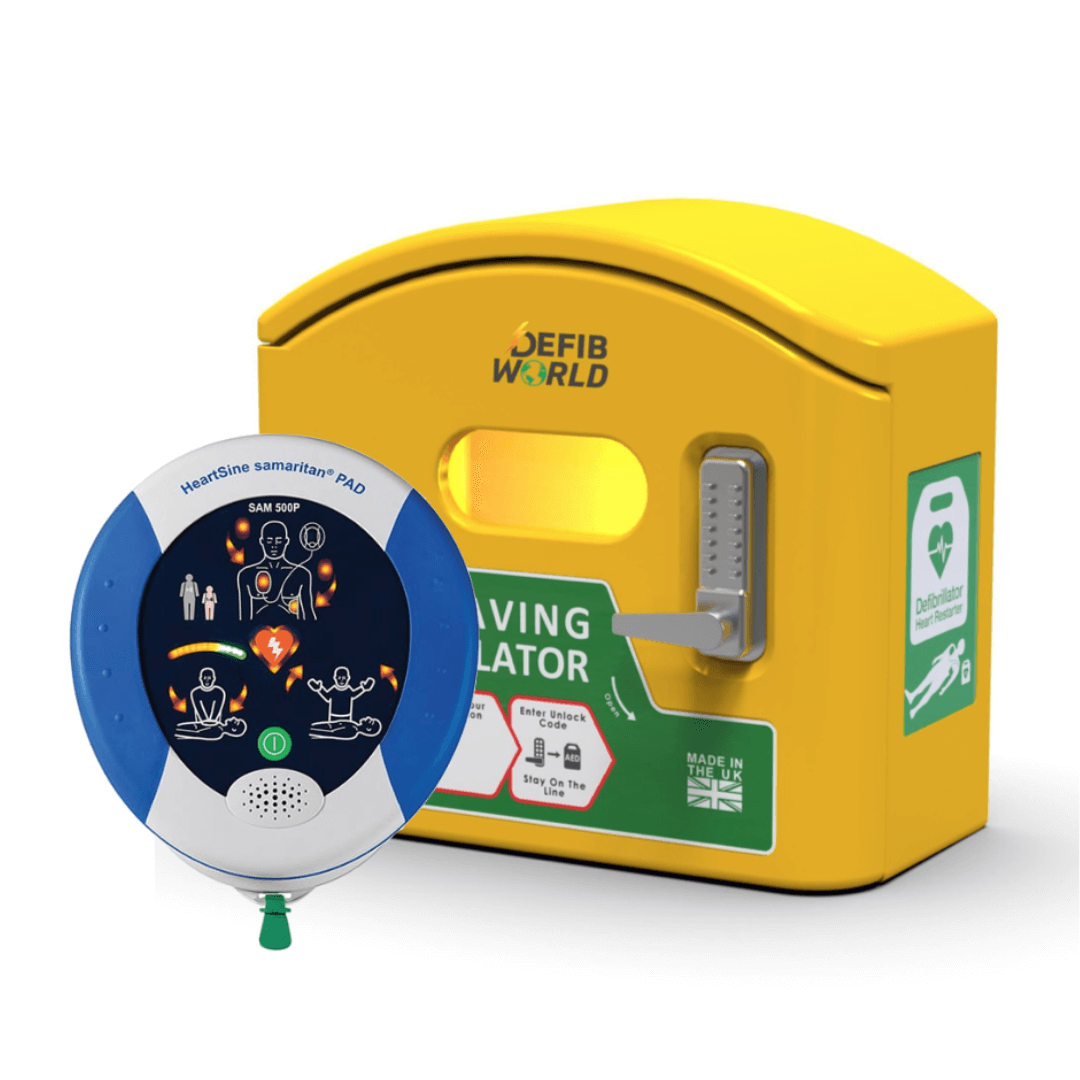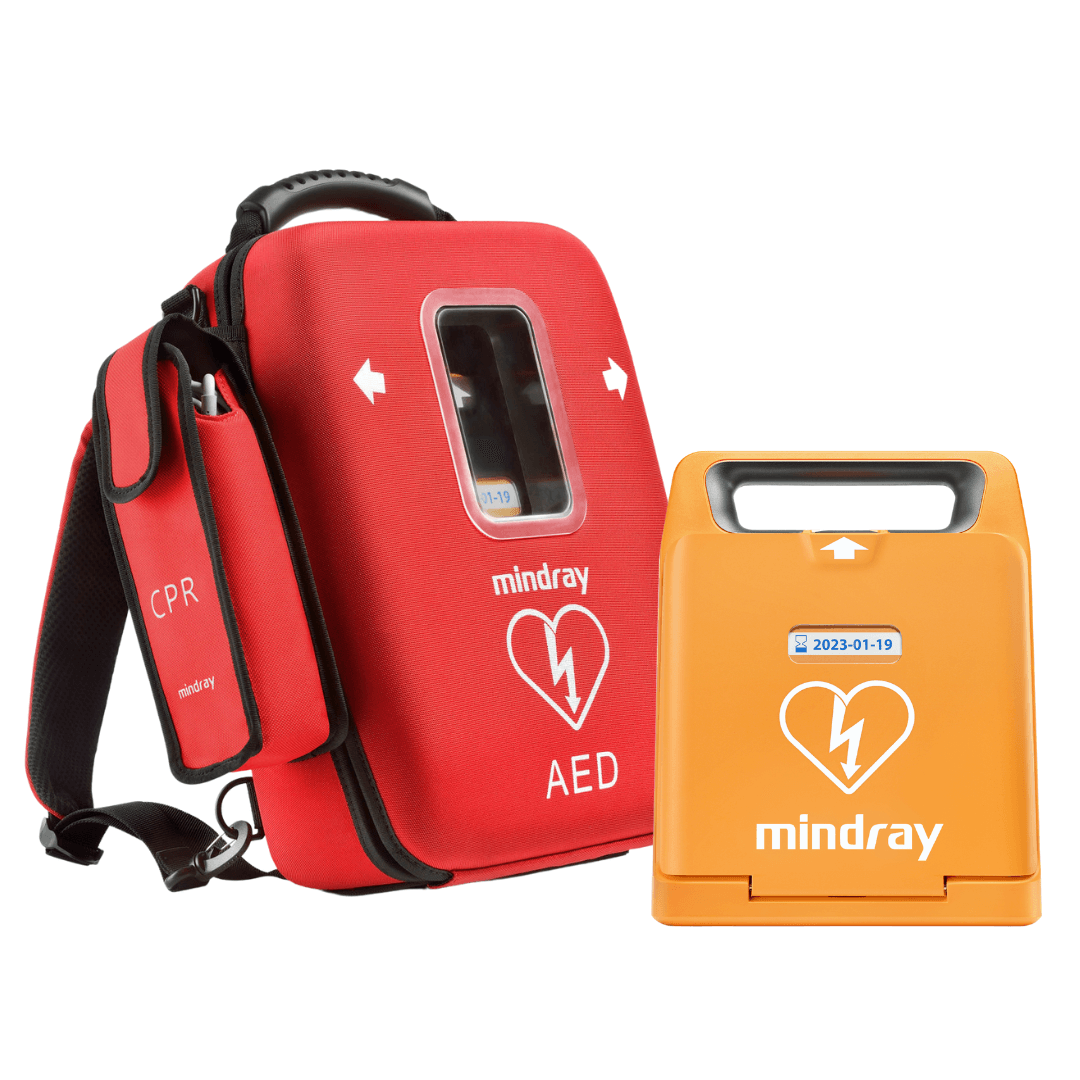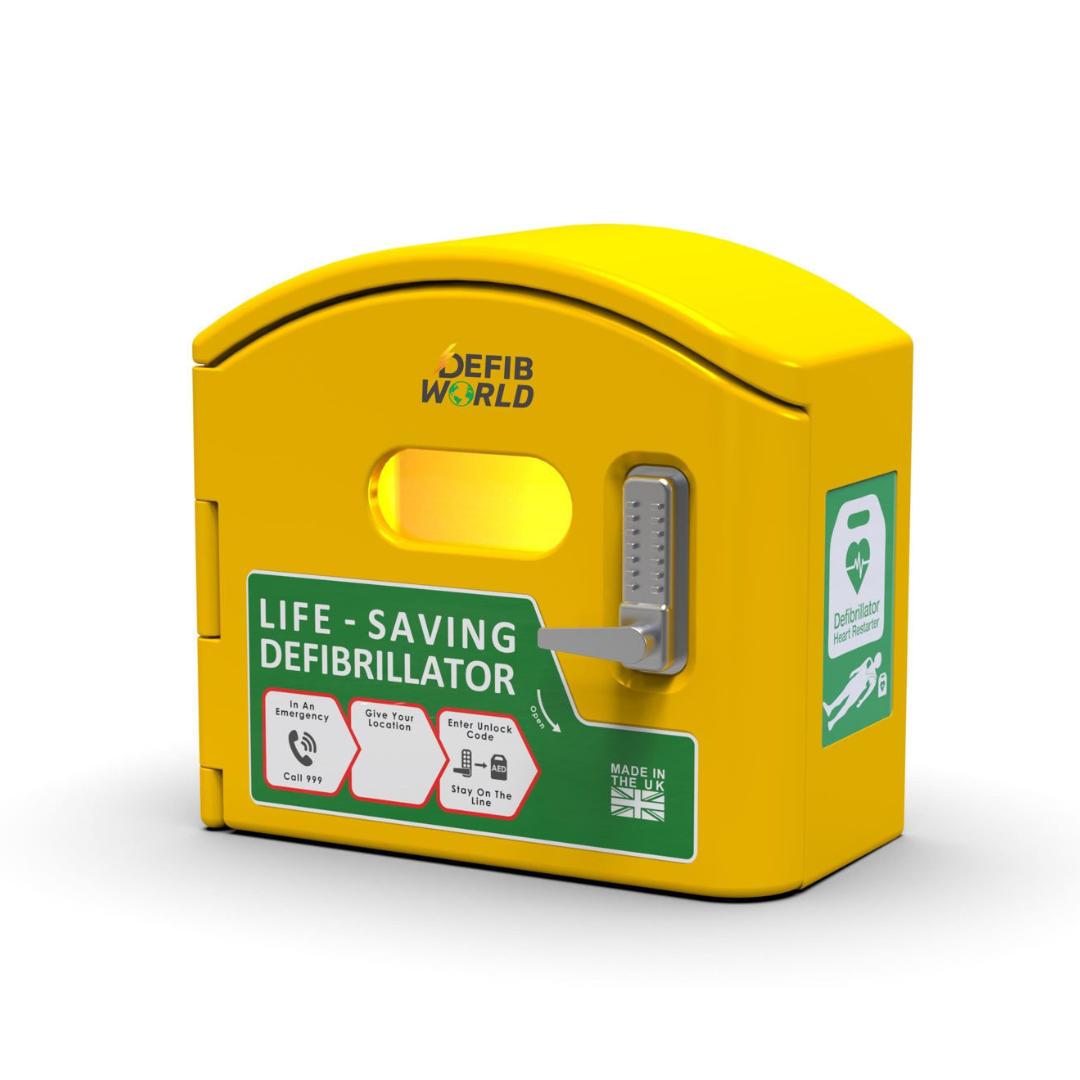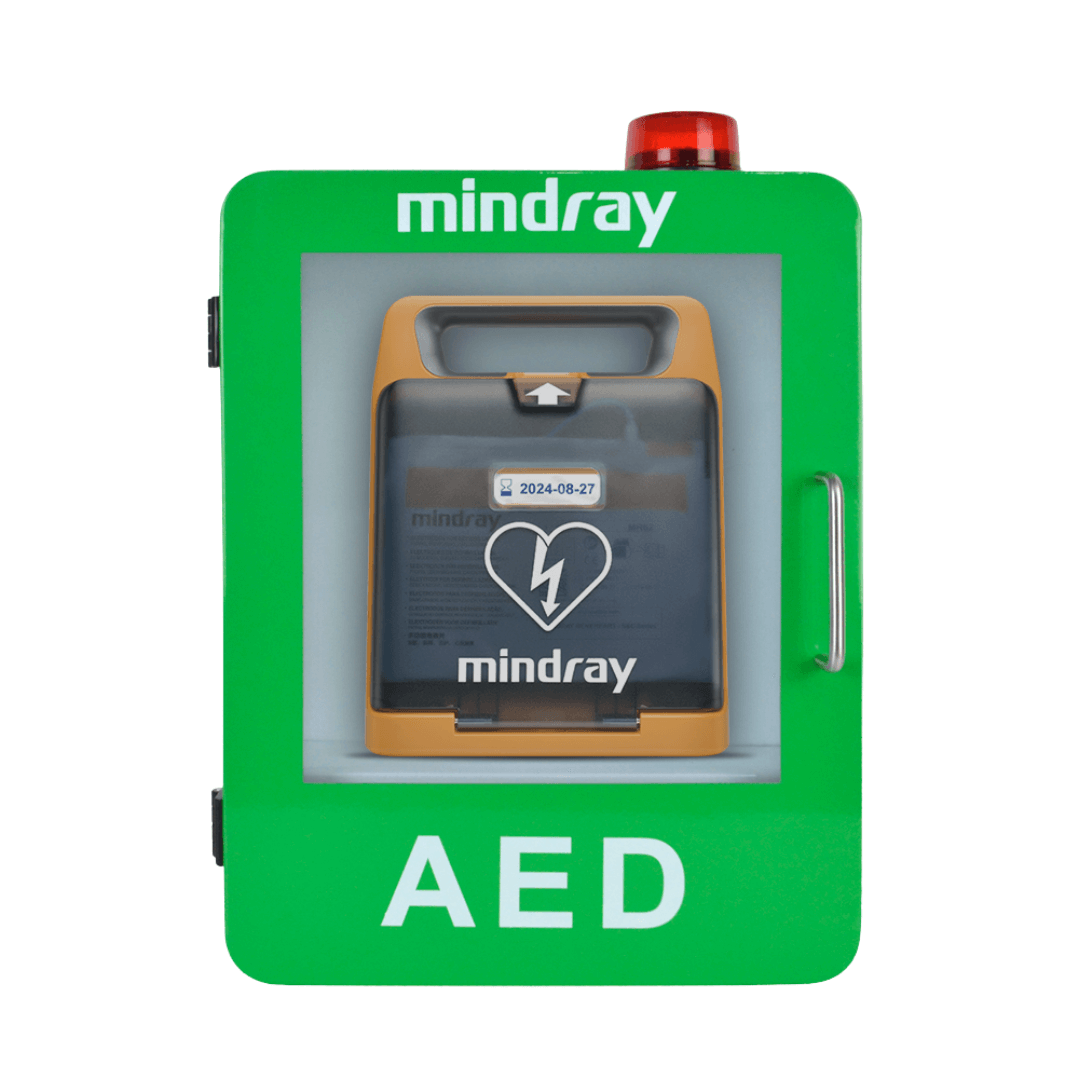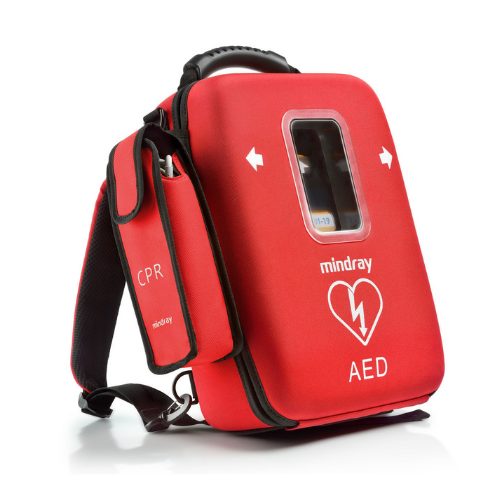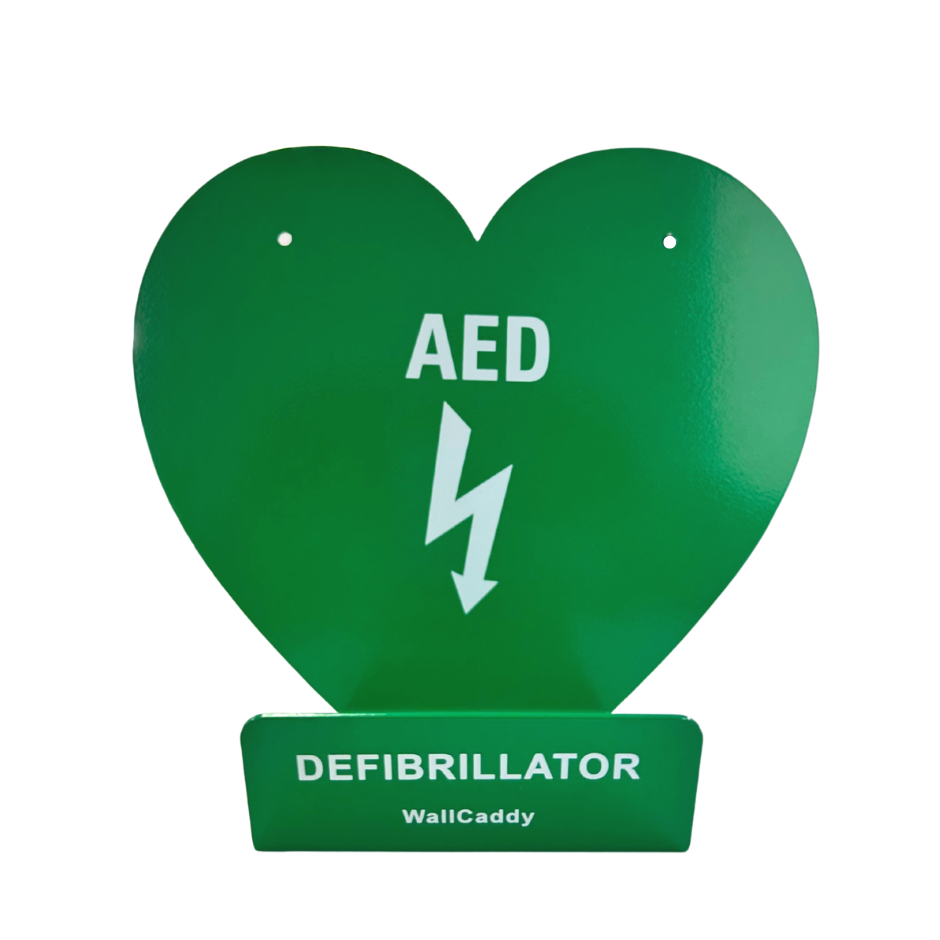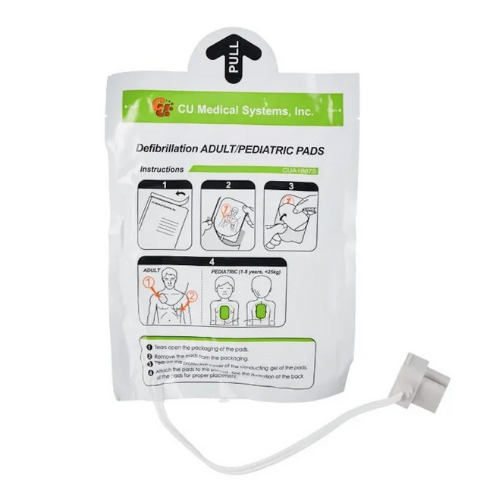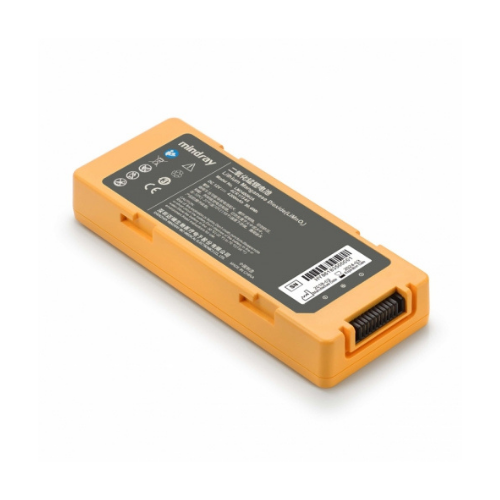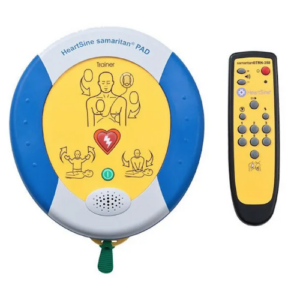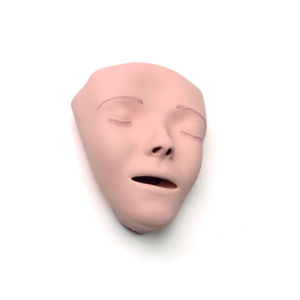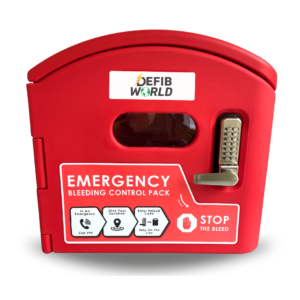- 24 May 2022
The bystander effect refers to reluctance by witnesses to help a person in distress such as a medical emergency, when there are other people present. In the context of Sudden Cardiac Arrest (SCA), bystanders may refrain from dialing 999, offering CPR, or using an AED on the person in need.
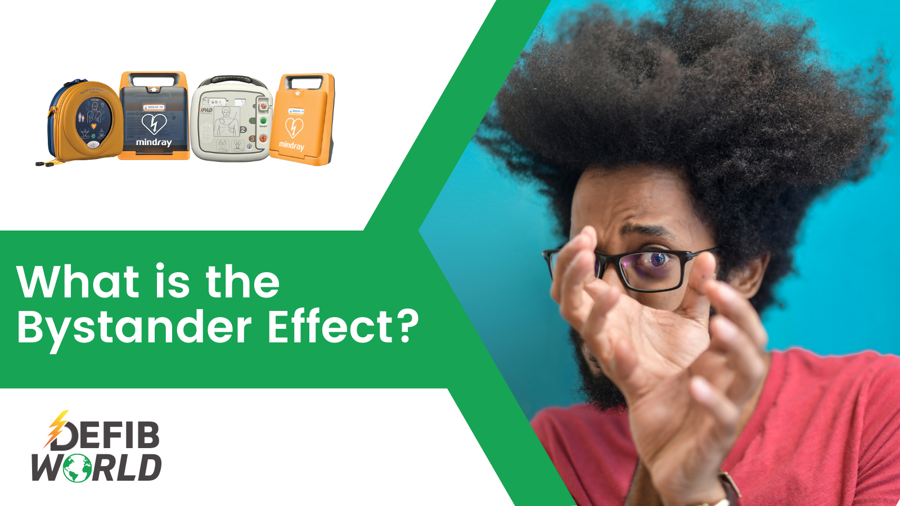
Common Reasons for Bystander Hesitancy
One common reason for the bystander effect is a psychological phenomenon known as diffusion of responsibility. This is a misguided tendency of individuals to expect others to be better suited to step in and help. This way, the individual feels less personal responsibility towards the person in distress.
However, it is always best to assume that nobody else has called 999 yet and take that immediate and simple action if you ever witness an emergency. Don’t be afraid to call 999! The Ambulance Service are trained to help you, you are not alone.
The UK Government passed a law in 2015 called the ‘Social Action, Responsibility and Heroism Act’ (also known as SARAH). This outlines that anyone who steps in to provide treatment to someone in need are protected against being sued if they acted heroically by intervening in an emergency to assist an individual in danger. This would encompass somebody using a defibrillator and giving CPR to someone who has had a cardiac arrest, as this is generally considered as being within the ability of most members of the public.
You may find it reassuring to know that nobody in the UK has ever been successfully sued for performing CPR or using a defibrillator on someone who has had a cardiac arrest, so a court of law is more than likely to look favourably upon anyone who takes reasonable action to help someone.
The Bystander Effect on Women
Another reason why the bystander effect happens is fear that intervention may be interpreted as inappropriate. For example, men may hesitate to give CPR to women because it involves contact with the breast area, and they fear that this may be seen as lewd. It is critical to normalize the provision of CPR to women, exposing the chest of a person to save their life is necessary.
Dr Hanno Tan, a cardiologist based at the University of Amsterdam, said: “We found that the worse outcome in women is largely attributable to the fact that women had about half the chance of having a shockable initial rhythm compared to men.”
They found women were less likely than men to receive a resuscitation attempt by a bystander – 68 per cent rather than 73 per cent. The figure was virtually the same even when someone witnessed the collapse.
A defibrilaltor will not administer a shock to anyone who is not in a fatal heart rhythm.
Bystanders may also hesitate to initiate CPR and use an AED on a SCA victim because of misinformation, such as fear that they could apply an excessive shock and kill the victim. But don’t worry– AEDs will automatically analyze the patient’s heart rhythm and will only deliver a shock if the rhythm is determined to be “shockable.”
AEDs are safe and specifically designed to be used by lay persons with little medical training.
The importance of bystander CPR
Out-of-hospital cardiac arrest is an extremely serious condition which without intervention kills the victim within minutes. It is therefore critical that the patient receives CPR within a few minutes of onset. Patients who receive bystander CPR before the arrival of the ambulance service are two to three times more likely to survive than those who fail to get CPR.
Initiation of CPR is critical in the sudden cardiac arrest chain of survival, which refers to a sequence of steps that should be taken in quick succession to improve the chances of survival. In the absence of bystander intervention, and with the arrival pof the ambulance service often taking over 5 minutes, virtually all cardiac arrest victims would die without bystander CPR and defibrillation.
Encouraging bystander action
One of the most effective ways to encourage bystander action when witnessing a SCA, is empowering lay persons with CPR and AED training. Trained people feel more confident to intervene when they witness a medical emergency.
Boosting bystander confidence and action can be accomplished through public awareness drives and provision of AEDs.
Don’t let fear prevent you from saving a life! Take action in the moment.
None of us can predict exactly how we will react during an emergency. But simply knowing about the bystander effect phenomenon can help you try to overcome any hesitancy to take action that could arise in the moment.
Imagine in detail how you would feel if you encountered this type of scenario. Examine any internal fears or implicit biases that are likely to emerge, and think through the set of actions you would need to take, if and when the time comes.
You may not feel very confident or comfortable becoming involved in an emergency situation with a complete stranger, but remember, everyday people can do extraordinary things! The person’s life could depend upon your willingness to assist. Try to remain calm and take action. If you are able to overcome any fears that arise and take action, you could save a life.
In need in of a defibrillator? Check out our range of defibrillators today and make sure your organisation is equipped with an onsite AED to keep your team heart safe here!

